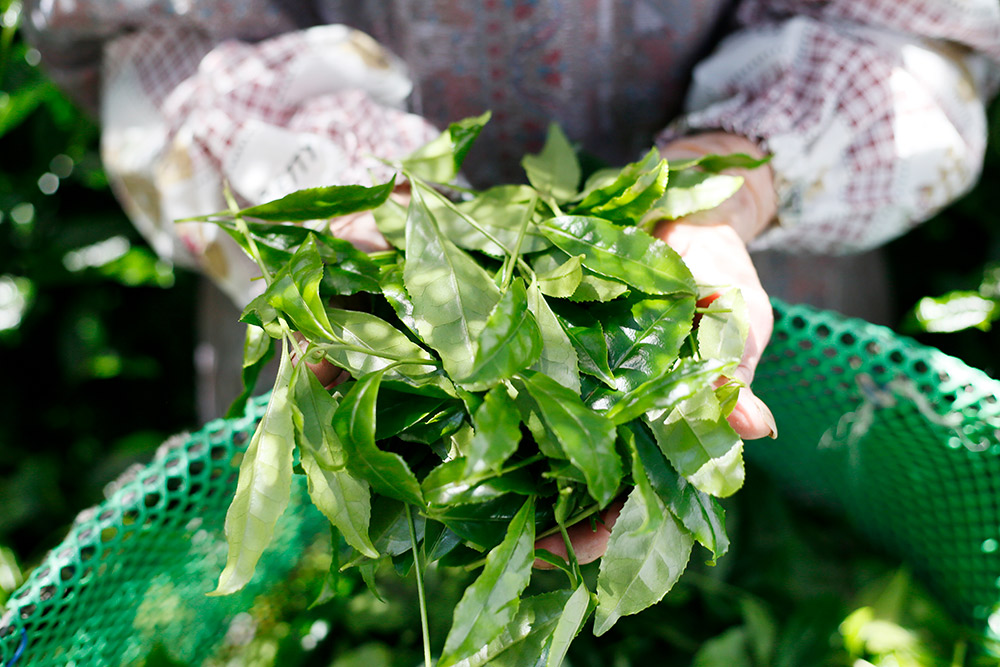
Matcha vs Green Tea: What’s the Real Difference in Your Daily Cup?
If you’re into health, wellness, or just love a good warm drink, chances are you’ve come across both matcha and green tea. They look similar, come from the same plant (Camellia sinensis), and are often grouped together as healthy teas. But here’s the thing, they’re actually quite different in how they’re grown, how they’re prepared, and what they do for your body.
Photo by: Aiya Matcha
Matcha vs Green Tea: Not Grown the Same Way
While green tea is usually grown in full sun, matcha is made from shade-grown tea leaves called tencha. About three weeks before harvest, the tea plants are covered to avoid direct sunlight. This increases the chlorophyll levels in the leaves, giving matcha its vibrant green color and rich flavor.
After harvesting, green tea leaves are dried and used whole or in loose leaf form. For matcha, those tencha leaves are steamed, dried, and stone-ground into a fine powder. That means when you drink matcha, you’re consuming the entire tea leaf instead of just steeping and tossing it.
Matcha Packs a Bigger Nutritional Punch
Because you’re ingesting the whole leaf, matcha contains significantly more antioxidants, especially EGCG (epigallocatechin gallate), which is known for supporting metabolism, fighting inflammation, and even having potential cancer fighting properties. Some studies show that matcha can have up to 137 times more EGCG than standard green tea.
Matcha also contains more caffeine, around 70 milligrams per cup, compared to about 30 to 50 milligrams in green tea. But thanks to a compound called L-theanine, the energy boost from matcha feels smoother and lasts longer without the jitters or crash often associated with coffee.
Flavor, Feel, and Ritual
Green tea is known for its light, grassy flavor and slight bitterness. Matcha, on the other hand, has a creamy texture and a rich umami taste, especially when whisked into hot water or milk.
There’s also a strong cultural aspect to matcha. In Japan, it has been used for centuries in tea ceremonies that focus on mindfulness and intention. While green tea is more common as an everyday drink, matcha brings an added sense of ritual to your routine.
Photo by: Coffee Desk
What About the Price?
One area where green tea often wins is cost. High quality matcha, especially ceremonial grade, can be more expensive because of the labor and care involved in its production. Green tea, even at premium levels, is usually more budget friendly.
That said, there are different types of matcha. Culinary grade matcha is more affordable and great for baking, smoothies, or lattes, while ceremonial grade matcha is best enjoyed in its purest form.
Photo by: Sugimoto Tea Company
So, Which One Should You Pick?
If you’re looking for a mild, low caffeine drink that’s affordable and easy to enjoy every day, green tea is a great choice. But if you want a more concentrated source of antioxidants, a deeper flavor, and a calming daily ritual, matcha is definitely worth exploring. Either way, both teas offer powerful health benefits and a delicious way to support your wellness journey.
